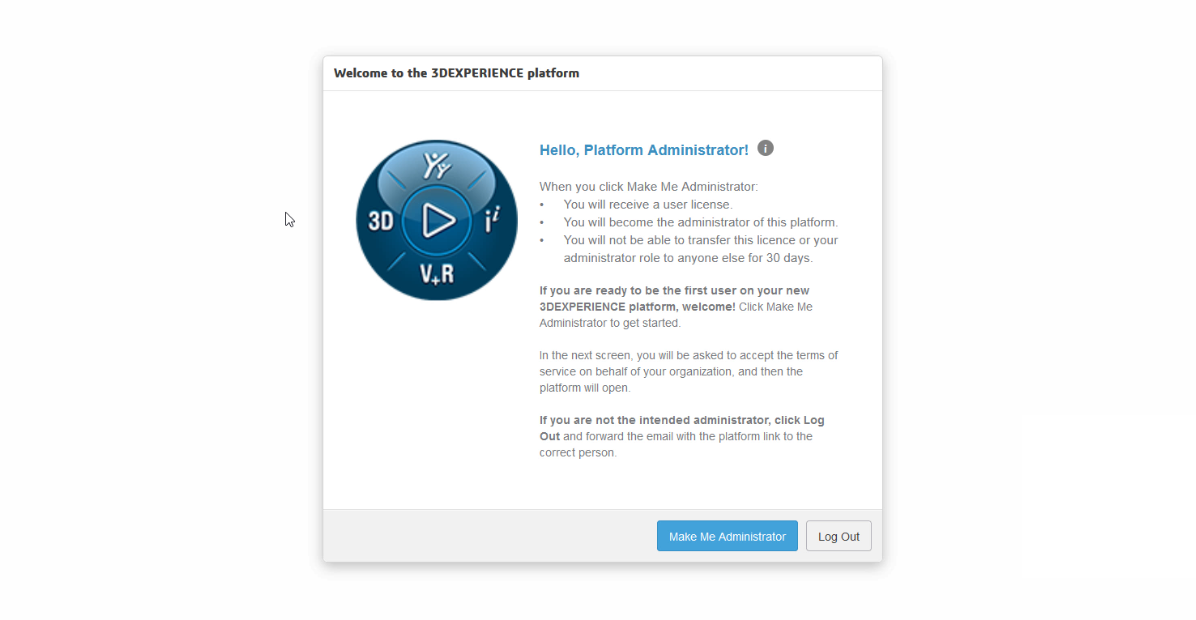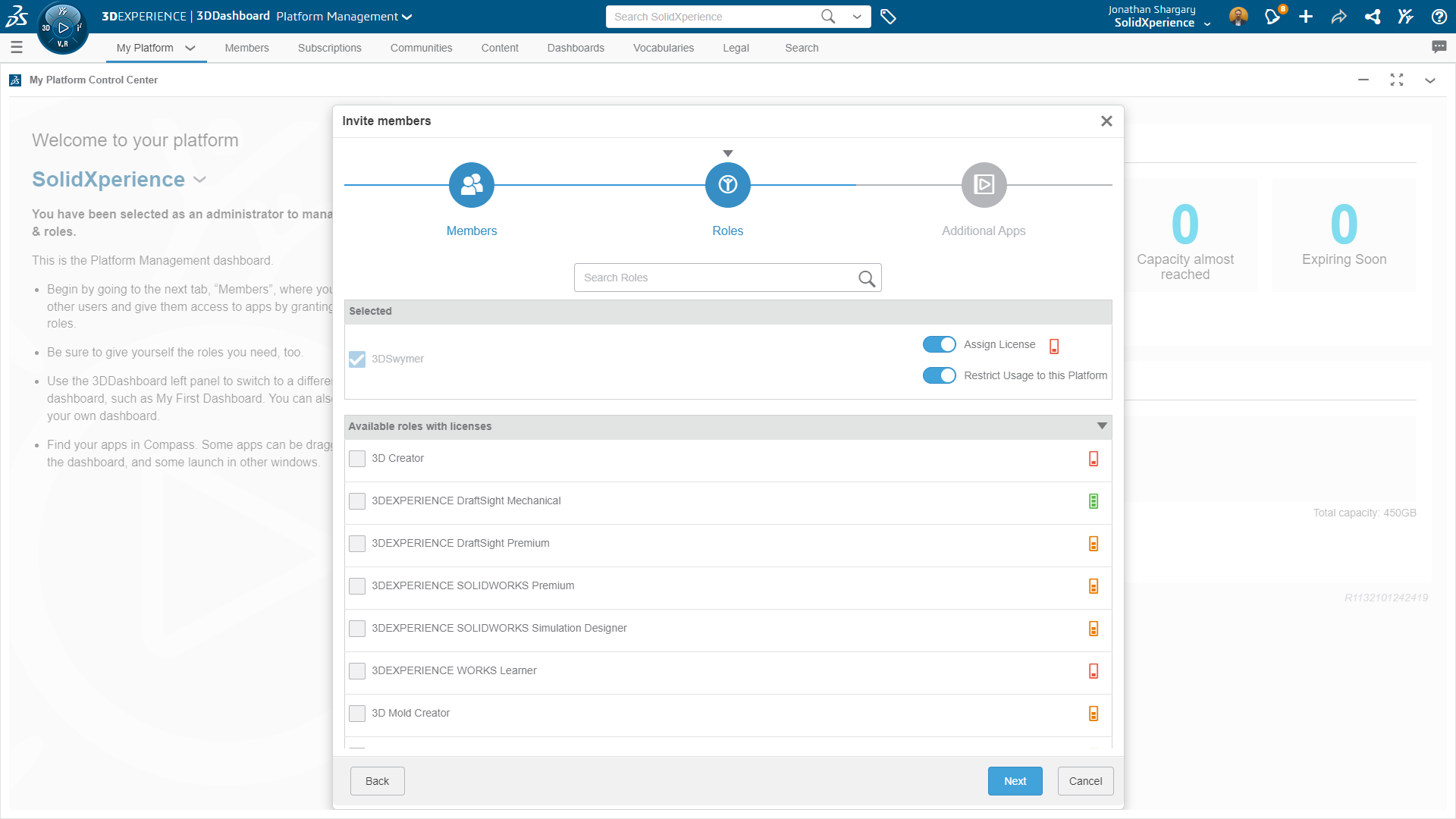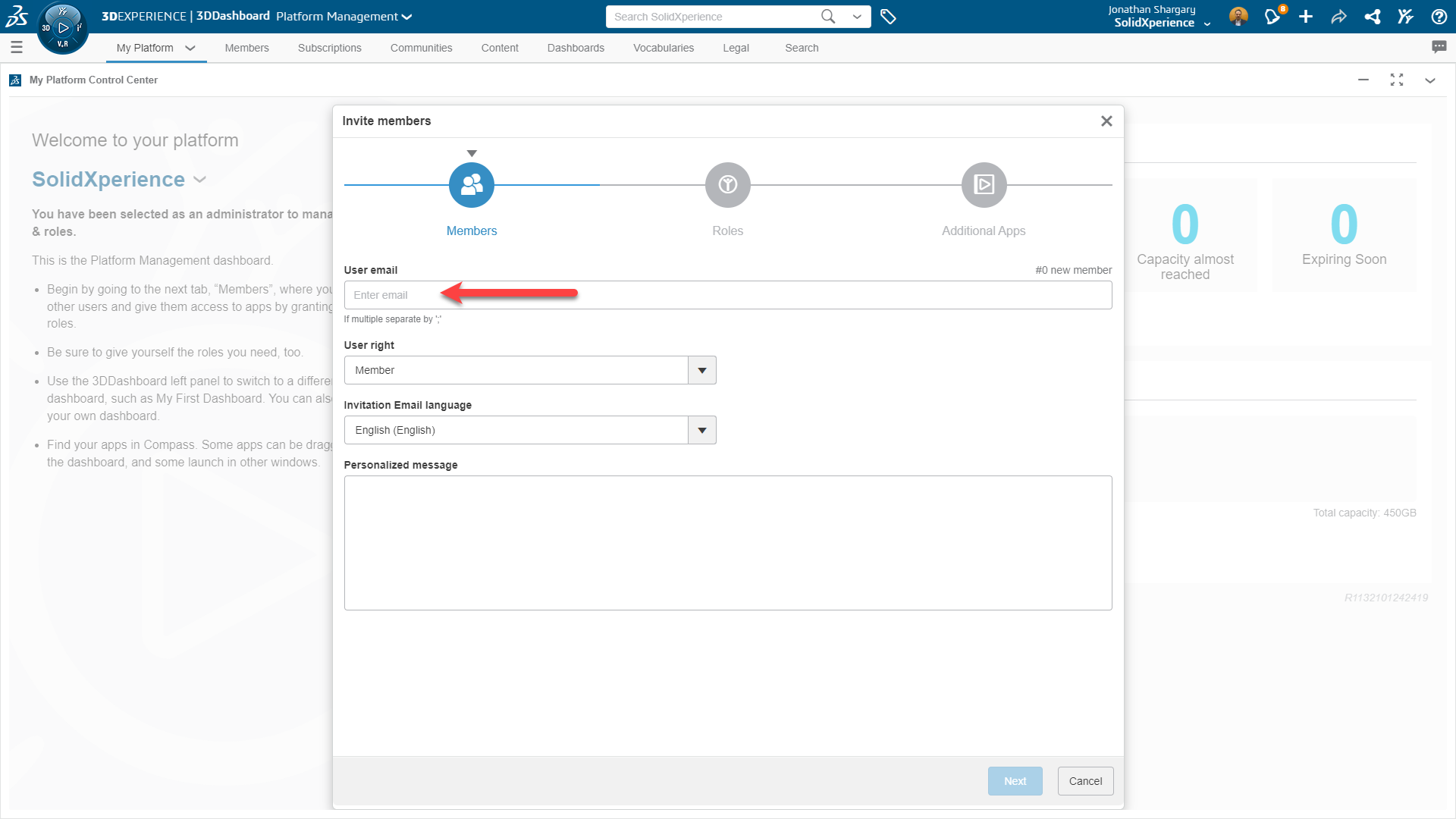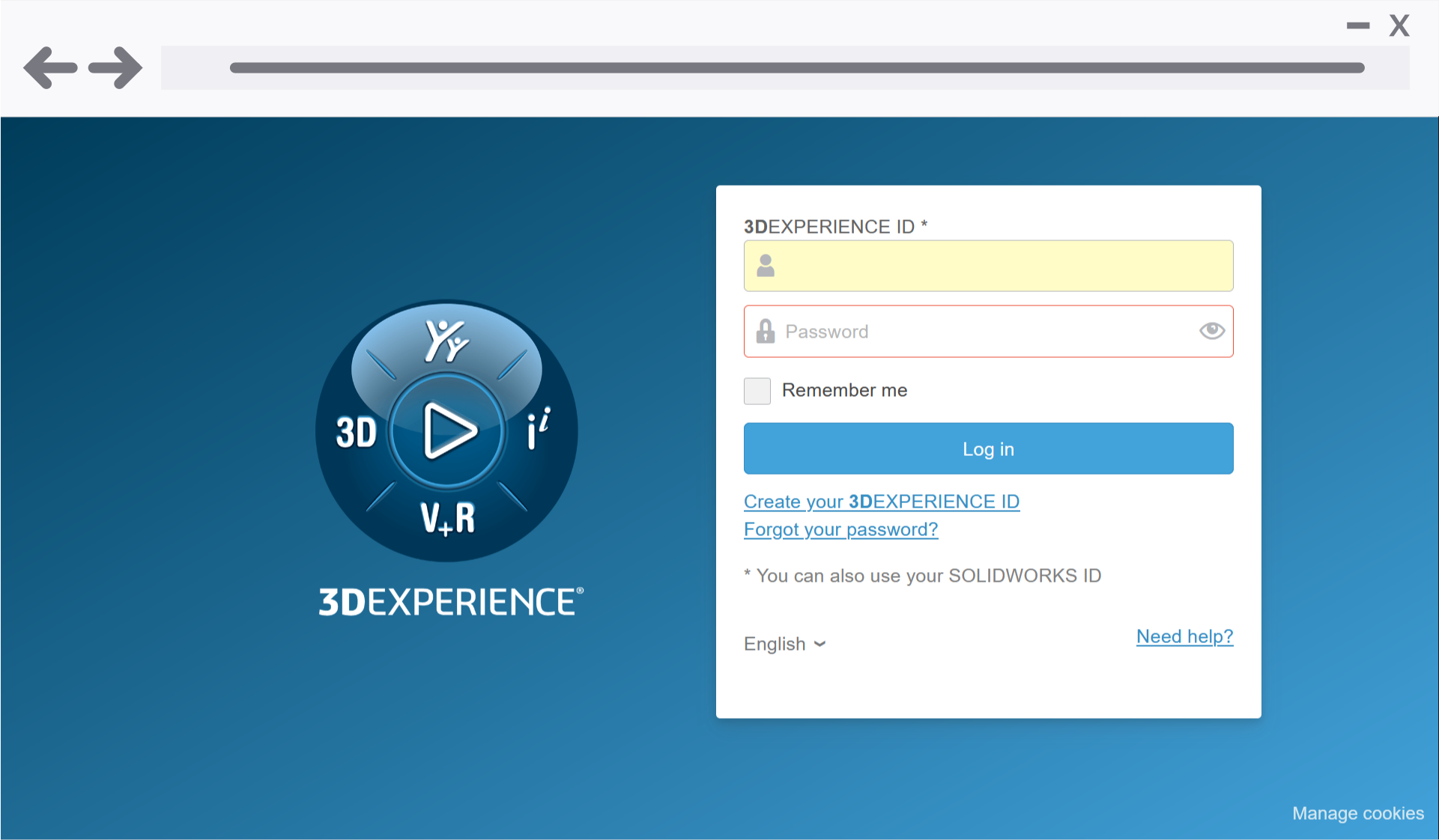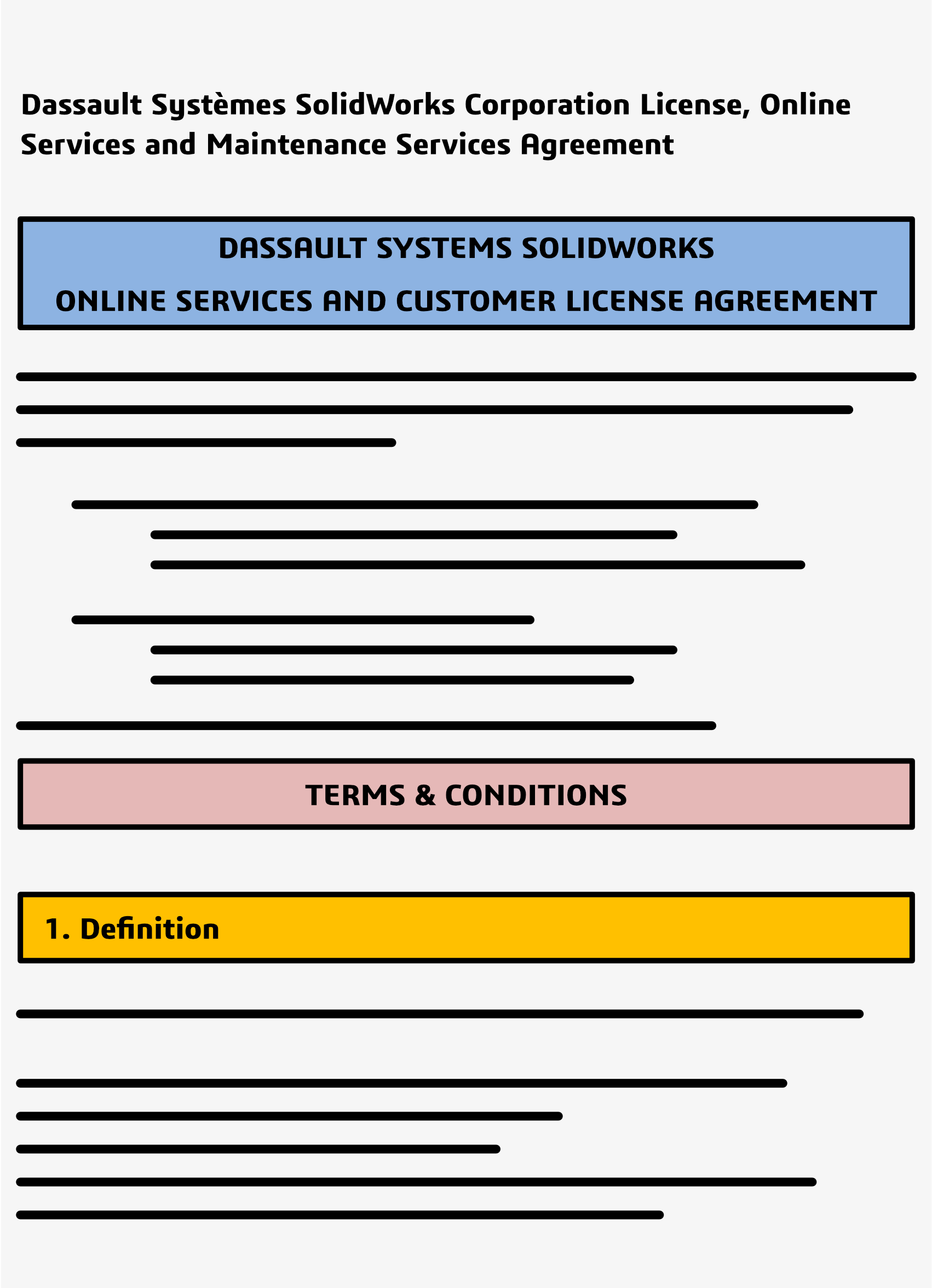While Product Data Management (PDM) and Product Lifecycle Management (PLM) may sound similar, they serve different roles within the design journey. PDM focuses on managing and securing CAD files, making it easier for design teams to stay organized. PLM, on the other hand, supports full lifecycle management from concept through to production, bringing together departments like engineering, marketing, and manufacturing within a unified, cloud-based environment.
In this article, we’ll explore SOLIDWORKS PDM vs. PLM on the 3DEXPERIENCE platform and how each addresses specific needs, from basic data management tools to a comprehensive framework for collaborative project management. By understanding the capabilities of each, your team can make an informed decision on which solution is the best fit.
What Are PDM and PLM?
Product Data Management and Product Lifecycle Management systems both offer essential solutions for organizing and managing information, but they serve different purposes within the product lifecycle. PDM focuses primarily on managing CAD files, while PLM provides a more comprehensive approach, supporting the full lifecycle management of products from initial design to production all the way through retirement. Let’s break down how these systems differ and how each benefits product design and engineering teams.
Benefits for Data Control
SOLIDWORKS PDM is an ideal solution for CAD environments. It provides a secure place to store files, ensuring safe concurrent designs among team members. Through features like version control, file locking, and workflows, you can maintain consistency across projects, making it a good choice for CAD-heavy teams that need to stay organized.
How Does PLM Differ From PDM?
While PDM is designed to manage CAD files and engineering information, PLM systems expand beyond the design department. PLM solutions, especially on the 3DEXPERIENCE platform, cover the product lifecycle management needs of various departments, supporting collaboration among project managers, marketing, manufacturing, and sales. With PLM, teams can track key milestones, dependencies, and delivery dates, ensuring everyone in the organization has visibility into the project planner.
Can They Be Used Together?
Absolutely, both system types can be complementary. Many organizations use SOLIDWORKS PDM for managing CAD-heavy data and PLM for broader lifecycle management of product data. This combination is especially valuable in complex projects where design data must seamlessly transition into the manufacturing process.
SOLIDWORKS PDM vs. PLM on the 3DEXPERIENCE Platform: Which One Should You Choose?
The choice between SOLIDWORKS PDM vs. PLM on the 3DEXPERIENCE platform depends on your organization’s needs. PDM is ideal for managing CAD files and design data among users who rely on SOLIDWORKS PDM Professional. On the other hand, PLM supports the lifecycle management of product data and is a better fit for organizations requiring a data management system that integrates every department involved in the manufacturing process.
Licensing Options
SOLIDWORKS PDM offers licensing based on the SOLIDWORKS subscription service model, which works well for smaller teams that need essential data management capabilities. The 3DEXPERIENCE platform provides scalable options, suitable for larger teams requiring collaboration across multiple roles, including project managers, engineers, and even remote teams.
Feeling a little lost? We totally get it. But, fear not! We’re here to help, every step of the way. Reach out to our dedicated teams to know more, or to get personalized advice on how to implement your ideal data management solutions!
PDM on the 3DEXPERIENCE Platform
For SOLIDWORKS users who want to stay within a familiar environment, PDM on the 3DEXPERIENCE platform is a logical step. It supports file organization within a secure place, with version control and flexible workflows for enhanced collaboration. Accessible through a web browser, this setup allows for real-time interactions among team members, ensuring everyone works on the latest data.
Enhancing Collaboration Beyond Design
The 3DEXPERIENCE platform goes beyond traditional product data management by providing a collaborative data environment. With tools like the Collaborative Industry Innovator and Collaborative Business Innovator role, the platform enables teams to connect across departments. This environment fosters a collaborative experience for project managers, product release engineers, and team leaders alike, providing visibility into all aspects of the product development process.
Key Advantages of 3DEXPERIENCE for Product Design Teams
The 3DEXPERIENCE platform offers cloud-based data management tools that allow for real-time collaboration across team members. With dashboards for project tracking, workflows for approvals, and flexible server access, teams can work together efficiently, regardless of location.
Why Consider Switching to PLM on the 3DEXPERIENCE Platform?
Switching to the 3DEXPERIENCE platform can improve collaboration by creating an interconnected environment for product lifecycle management. This platform enhances the flow of collaborative data and integrates tools such as the Project Planner and Collaborative Industry Innovator, offering best practices for organizations looking to improve delivery dates and enhance visibility into projects.
SOLIDWORKS PDM vs. PLM on 3DEXPERIENCE for Different Industries
SOLIDWORKS PDM is particularly well-suited for small-to-medium engineering teams that prioritize CAD-focused file management, version control, and workflow automation within a secure environment. It enables these teams to streamline design processes and collaborate effectively on CAD data.
On the other hand, PLM on the 3DEXPERIENCE platform extends beyond CAD data management, offering a comprehensive solution for industries like automotive and aerospace where complex project requirements demand robust collaboration and visibility across all departments.
Does PLM Improve Product Lifecycle Traceability?
Yes, PLM significantly enhances product lifecycle traceability by providing a centralized platform that connects all stages, from initial design through to production and beyond. Teams can monitor key milestones, dependencies, and revisions, enabling complete visibility over the product’s evolution. This comprehensive tracking helps stakeholders stay aligned on project goals, maintain version control, and ensure timely decisions. For industries with stringent regulatory requirements, PLM is invaluable as it consolidates compliance data, audit trails, and documentation, making it easier to meet standards and demonstrate accountability throughout the product lifecycle.
What Role Does SOLIDWORKS or CATIA Play?
Both SOLIDWORKS and CATIA play essential roles within Product Lifecycle Management by supporting detailed design and engineering processes. CATIA, as a core application on the 3DEXPERIENCE platform, is especially suited for industries like aerospace and automotive, where complex 3D modeling and simulation capabilities are critical.
Meanwhile, SOLIDWORKS offers intuitive design tools that, when connected with PLM, empower teams to efficiently organize, share, and evolve their designs in line with project goals and regulatory requirements. Both solutions enrich your lifecycle environment by enhancing visibility and traceability throughout product development.
For more information on CATIA or to get started on your next advanced engineering project, check out our sister-brand, Mecanica!
The Value of Cloud-Based Solutions
Both SOLIDWORKS PDM and the 3DEXPERIENCE platform offer cloud-based options, enabling remote teams to collaborate seamlessly. By supporting mobile access and reducing the need for physical servers, cloud integration enhances team members’ ability to access the most current design data.
Comparing Costs
For smaller organizations, SOLIDWORKS PDM is a cost-effective solution, offering basic data management features that integrate with SOLIDWORKS. PLM requires a higher initial investment but pays off with lifecycle management of product data across departments, improving long-term productivity.
Wrapping Up: Choosing the Right Solution
Choosing between SOLIDWORKS PDM vs. PLM on the 3DEXPERIENCE platform depends on your organization’s specific needs. For CAD-centric teams, PDM provides a robust data management system. For teams needing product lifecycle management solutions that encompass every phase of the product development process, the 3DEXPERIENCE platform is an ideal solution.




